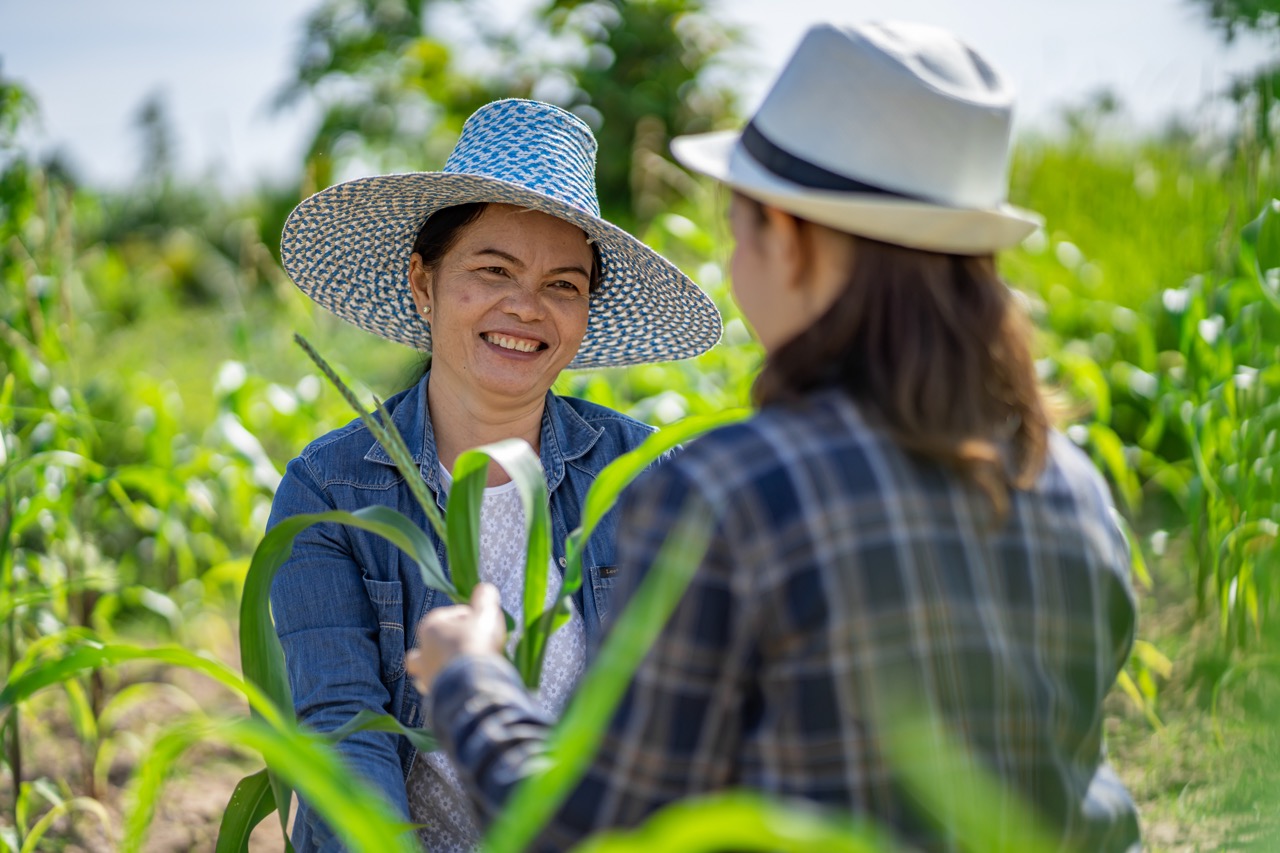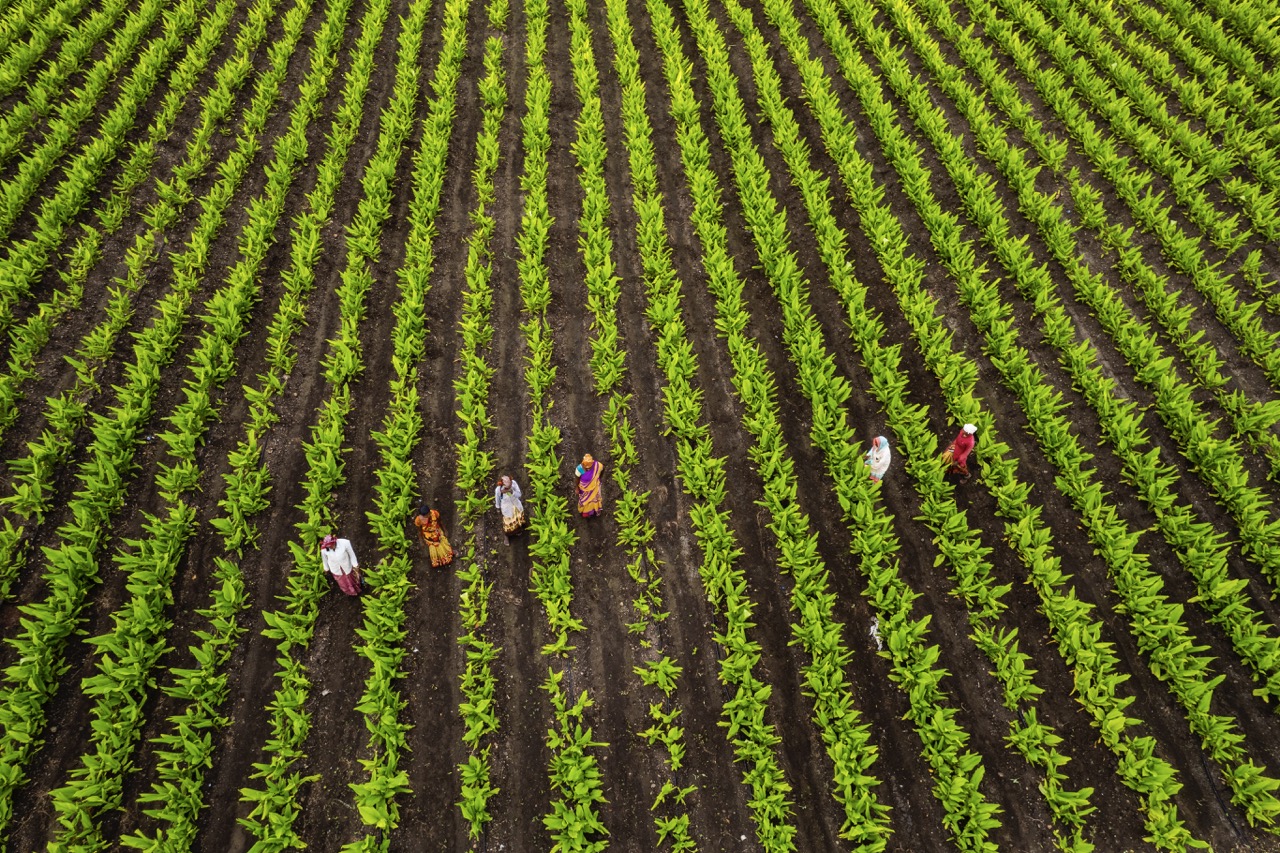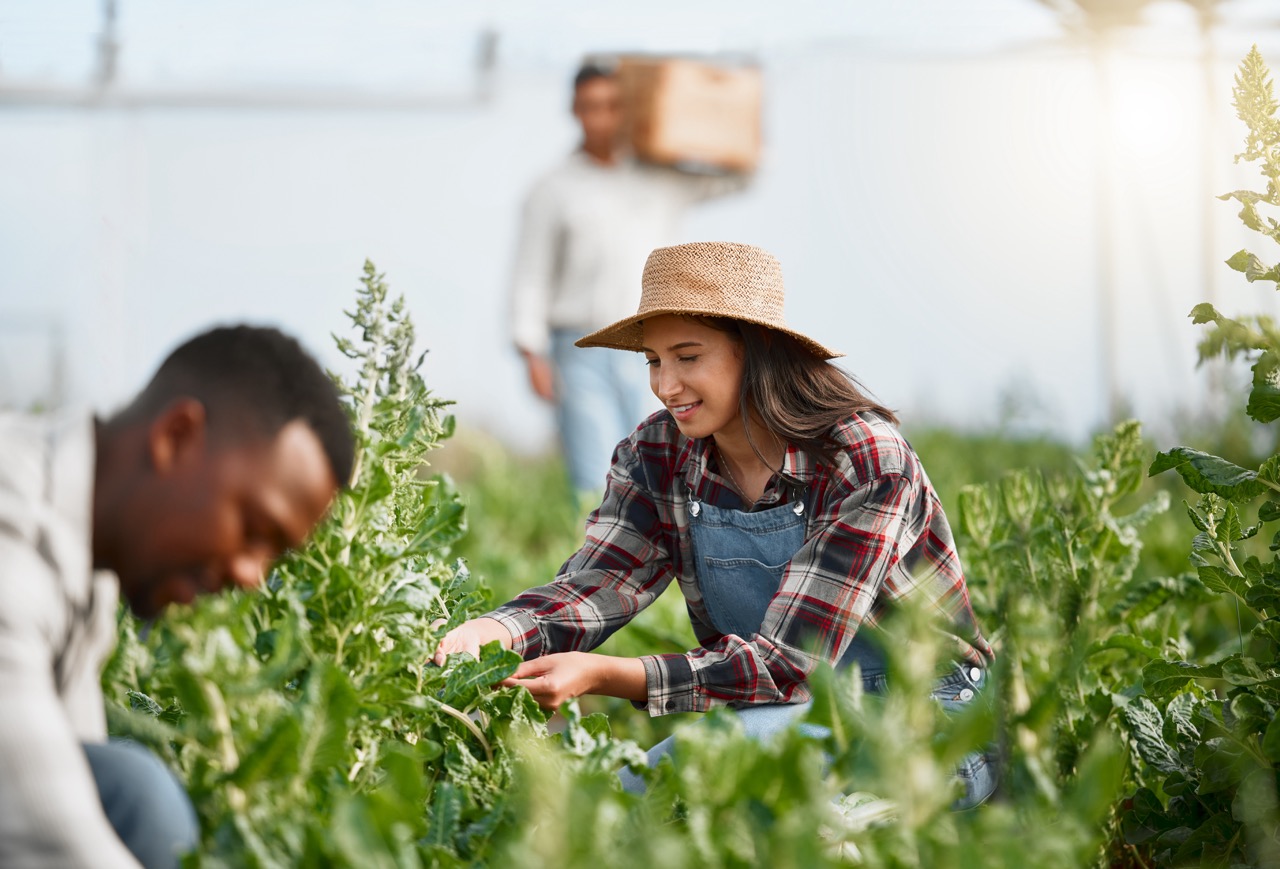Sharecropping, a system of agriculture with deep historical roots, has often been a subject of debate and discussion in the context of land ownership and labor rights. Yet, as food systems evolve towards more sustainable practices, including the farm-to-table movement, sharecropping can play an instrumental role in reshaping local agricultural landscapes. This article explores how sharecropping not only provides economic opportunities for marginalized communities but also supports sustainable agricultural practices, enhances local food systems, and presents challenges and opportunities for the broader farm-to-table initiatives.
Understanding Sharecropping: A Historical Context
Sharecropping emerged in the United States during the Reconstruction era, primarily in the Southern states as a response to the economic devastation caused by the Civil War. This system allowed landowners to divide their large estates into smaller plots, which were then cultivated by laborers—many of whom were formerly enslaved individuals. The sharecroppers would work the land in exchange for a share of the crops, which often resulted in a cycle of debt and poverty due to exploitative practices and unfair arrangements.
Despite its troubled history, sharecropping laid the groundwork for a new agricultural paradigm that prioritized local economies over large-scale industrial farming. This model decentralized food production and allowed for a diverse array of crops to be grown, fostering resilience in local food systems. While sharecropping itself often straddled a fine line between autonomy and exploitation, it introduced the concept of localized agriculture and community reliance on local farmers.
Today, as society grapples with the implications of industrial agriculture and its impact on the environment, the historical context of sharecropping can be reexamined through a modern lens. By understanding its origins, we can appreciate how this system can be transformed to support sustainable agricultural practices that benefit both producers and consumers in the farm-to-table movement.
The Role of Sharecroppers in Sustainable Agriculture
Sharecroppers can play a pivotal role in advancing sustainable agriculture through their intimate knowledge of local ecosystems and traditional farming practices. Their reliance on the land for subsistence fosters a sense of stewardship, leading to the adoption of practices that protect the soil, conserve water, and promote biodiversity. These methods align well with the principles of sustainable agriculture, which emphasizes environmental health and the nurturing of local resources.
Moreover, sharecroppers often diversify their crop production, which not only reduces dependency on monocultures but also improves soil health and resilience against pests and diseases. This diversification is crucial in the farm-to-table model, which advocates for fresh, seasonal, and local produce. By cultivating a variety of crops, sharecroppers can contribute to a more stable and sustainable food supply, reducing the need for chemical inputs that are harmful to both human health and the environment.
Integrating sharecroppers into sustainable agricultural frameworks also ensures that their voices are heard in discussions about food policy and land use. Empowering these farmers allows for a more inclusive approach to farming that prioritizes ecological balance and social equity, ultimately enriching the farm-to-table movement by bringing diverse perspectives and approaches to local food systems.
Bridging the Gap: Sharecropping and Local Food Systems
The farm-to-table movement emphasizes the importance of local food systems, where consumers are connected directly to the farmers who grow their food. Sharecropping aligns with this ethos, as it often involves small-scale farmers who contribute to the local economy by providing fresh produce to nearby communities. This direct connection helps to strengthen community ties and fosters a sense of accountability among consumers regarding the origins of their food.
Local food systems benefit immensely from the agricultural diversity that sharecroppers can offer. By cultivating a wide range of crops, sharecroppers enable farmers’ markets and community-supported agriculture (CSA) programs to thrive, introducing consumers to seasonal varieties and heirloom produce that may not be available through conventional channels. This not only enriches the local diet but also supports economic stability for farmers who can sell their goods directly to consumers.
Furthermore, integrating sharecroppers into local food systems promotes food sovereignty—an essential aspect of the farm-to-table movement. By prioritizing locally grown food, communities can reclaim control over their food sources, ensuring that they have access to nutritious options while supporting small-scale farmers. This collaboration fosters a more equitable food system where sharecroppers are recognized as vital contributors rather than marginalized laborers.
Challenges and Opportunities in Farm-to-Table Initiatives
While the integration of sharecropping into farm-to-table movements presents numerous opportunities, it is fraught with challenges that must be addressed. One significant issue is the economic instability that many sharecroppers face. Often lacking access to credit, insurance, and resources, sharecroppers can struggle to invest in their operations, limiting their ability to meet the demands of local markets. This economic vulnerability can hinder their participation in farm-to-table initiatives, as they may be unable to produce the volume or variety needed.
Additionally, regulatory barriers can complicate the ability of sharecroppers to sell their produce directly to consumers. Licensing, certification, and compliance with food safety standards can be overwhelming for small-scale farmers operating under a sharecropping system. Streamlining these processes and providing support through education and resources can bridge the gap and empower sharecroppers to engage fully in local food systems.
Despite these challenges, there are significant opportunities for collaboration and innovation within the farm-to-table movement. By fostering partnerships between sharecroppers, local governments, and community organizations, stakeholders can work together to create supportive networks that enable sharecroppers to thrive. Initiatives such as training programs, cooperative marketing, and access to funding can empower sharecroppers, ensuring their vital role in sustainable agriculture and local food systems is recognized and valued.
Sharecropping, with its rich historical context and potential for sustainable agricultural practices, presents a unique opportunity to strengthen local food systems within the farm-to-table movement. By recognizing the contributions of sharecroppers and addressing the challenges they face, we can create a more equitable and resilient food landscape. As consumers increasingly seek connections to their food sources and prioritize sustainability, the role of sharecropping becomes not just relevant but essential in forging a path towards a more inclusive agricultural future.










